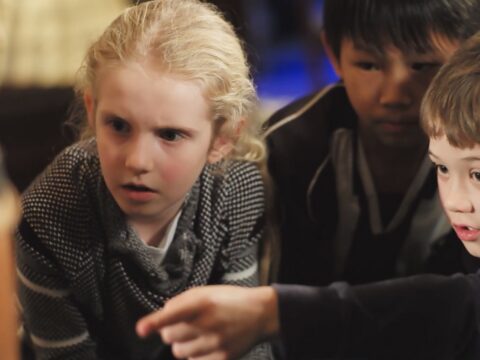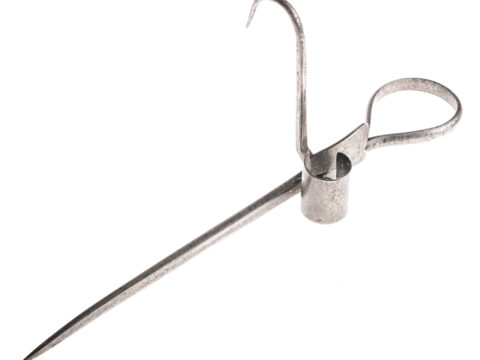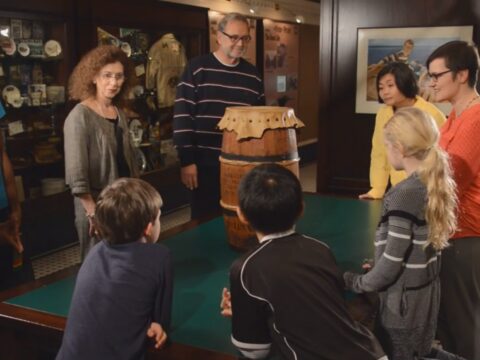Object-Based Learning
How can objects encourage inquiry and engagement?
When we think of museums, we think of objects. The Royal BC Museum has more than seven million objects in its collection, from microscopic to mammoth. The objects are used to expand our knowledge of British Columbia and our understanding of the cultures that have called this place home. The objects are studied by scientists, historians, researchers, artists, writers—and the list goes on.
For students, a curious and compelling object can be a catalyst for a vibrant inquiry-based project. The exciting part is that objects can be found anywhere, on the street, in basements and attics—even in the school lost and found. The Royal BC Museum also has a handling collection of objects that can be borrowed by educators.
But why objects? Real objects are the original primary source. They contain detail that cannot be found in any photograph or description. The size of the object is also important. Think back to when you saw your first dinosaur skeleton. Did the descriptions prepare you for the incredible scale?
Real objects from the past are as close as we can get to time travel. Imagine holding an object that was made 10,000 years ago by someone who lived in the same place you do now. You might feel a connection to history unlike any other. That is what objects have the power to do.
Once you have objects, what do you do? To encourage closer looking, to make connections and to spark inquiry, guide your students through a three-step process:
- EXPLORE
- EVOKE
- ENGAGE
Through this work, detailed in teach, students—or anyone—can begin to extract layers of information “hidden” in an object and build meaningful inquiry questions to excite their research, investigation or creative writing.
What can you discover from object-based learning?




